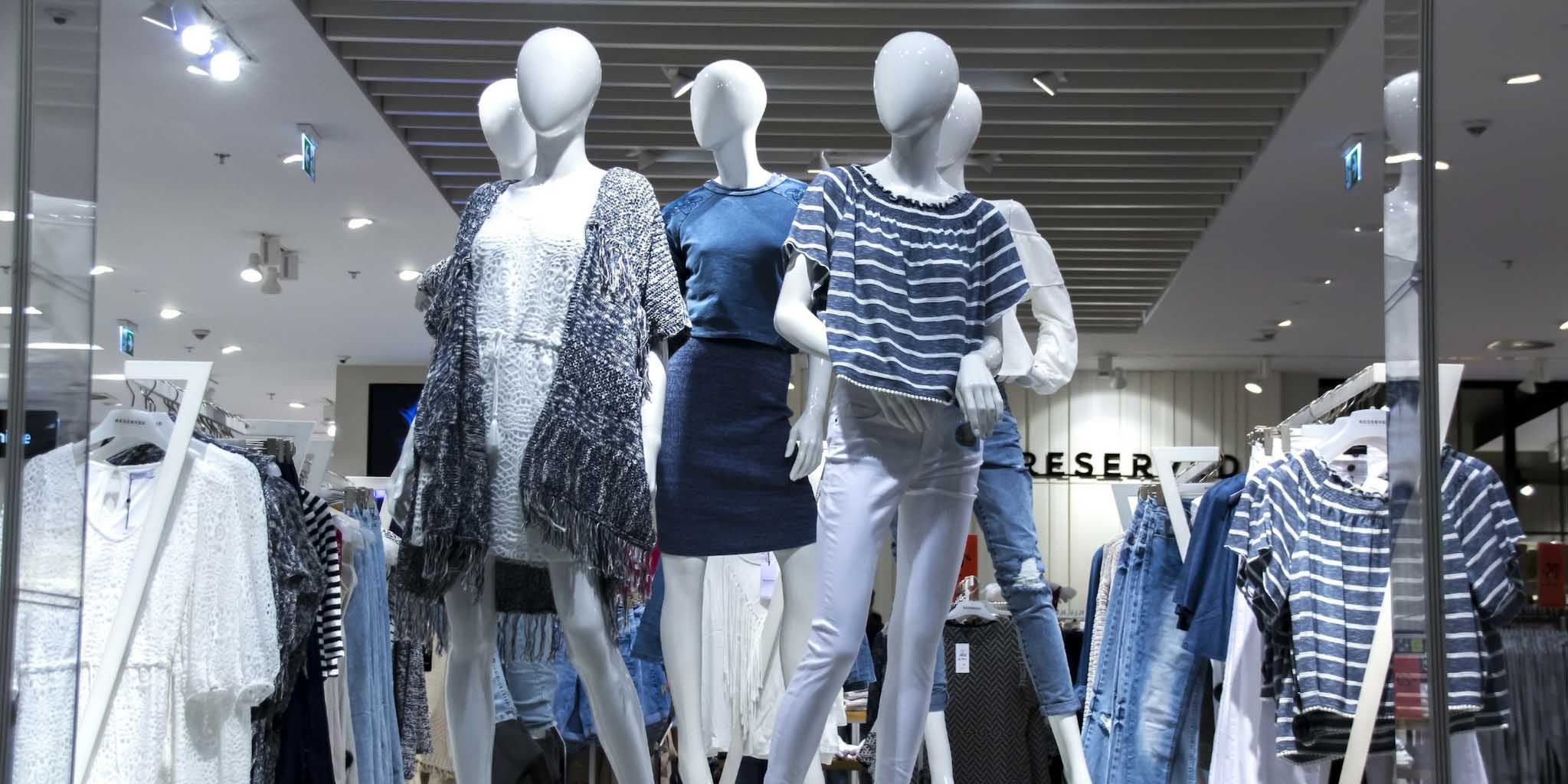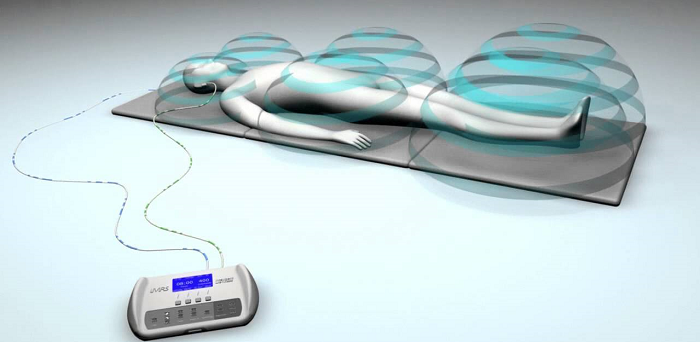Retail is tough… there’s just so much competition these days. And who can compete with Amazon?!
If you’ve been tuned into the news, you’ve probably started to notice a trend. Many major retailers like Best Buy, Macy’s and Sears have been quick to point the finger at Amazon as the main reason for their decreased sales and closure of brick-and-mortar stores. But the online giant isn’t the only culprit. At the true heart of the issue is the fact that many retailers just don’t understand what customers want and need: better user experiences.
To determine what companies like these are doing wrong, it’s important to look at an example of a company that’s doing things right – like Bark. Bark is a startup retailer who, in their own words, created “the world’s most dog-centric company.” They’ve been successful at selling BarkBox pet product subscriptions since 2012, and now they’ve taken their innovative ideas a huge step further to create BarkPark. Located in Nashville, Tennessee, BarkPark is not just any dog park. It’s an experience. It’s also a lesson that large retailers need to learn from.
How it works.
Dogs going to BarkPark can get a daily, 4-week or seasonal pass as well as one or two guest passes for “human friends of their choice” to accompany them. While they roam the park enjoying the finest doggie experiences, their owners can enjoy coffee, beer tasting, dog-themed movies, and even stand-up comedy! Nothing is ordinary about BarkPark – even tables are geared toward both human and pet comfort. Table legs are attached to the ceiling instead of being placed on the ground. This way, dogs are free to roam under tables without feeling restricted, and people can be comfy too.
Bark understands what people and pets want: experiences that make lasting impressions. In a world of Amazons, Instacarts and Ubers we can easily get goods and services on demand. We’ve become accustomed to convenience, excellent customer service, and quick delivery times. Retailers need to realize this and accept that what “wowed” us a few years ago no longer “wows” us at all. We’re looking for more than coupons and sales; we’re looking for the ultimate user experiences. Most major retailers aren’t providing anything of the sort.
Creativity is key.
So what are these retailers doing wrong? For starters, many of them are more focused on the bottom line than the customers they serve. If retailers focused instead on human centered design strategies, they would be able to better engage customers and foster relationships with them.
Success in retail is about more than just selling clothing, tools, or other products. Target learned this lesson after its huge slump in sales in the early 2000’s. At this time, stores such as Kohl’s and Walmart were getting more competitive, and Target simply wasn’t keeping up. After the recession in 2009, sales increased for many companies – but not for Target. People just weren’t connecting with the company like they used to. Gone were the days of customers pronouncing its name with a fake French accent and raving about its “cheap chic” products. Target’s solution? Bringing on CEO Brian Cornell from PepsiCo in 2014. Cornell was focused on user experience, and in 2017 he announced that the company would be investing more than 7 billion through 2020 to meet the evolving needs of its customers.
Using a human-centric approach which acknowledges that customers are primarily shopping online, Target now provides them with streamlined shopping experiences. They combine their savings app with their Target app so that customers can get the latest and best deals possible. They have also been capitalizing on the fact that three quarters of the US lives within 10 miles of one of their stores. So instead of just using their backrooms as places to house items, they have now started using these areas as local distribution centers. This allows them to ship orders much faster to customers. In addition, they’ve been using innovative technology that allows employees to quickly search inventory, take payments from mobile point-of-sale systems and arrange delivery right from any aisle of a store. And finally, they have been opening small format stores in order to double their presence in cities and on campuses. This helps them connect more closely with young people, including college students. The results of these changes: In August 2018, Target posted its best quarterly results in more than 10 years!
It’s time to serve customers.
Not only is creativity important, but interaction is as well. As human beings, it’s in our nature to desire interaction with others. When customers have issues with products or services, they want to explain them to another human being because they crave empathy and understanding. What they do not want is to be forced to deal with automated services. As technology progresses, there will always be new ways to communicate, but retailers must realize it’s a human touch that customers crave. We can’t loose the human element.
When human factors is put first, retailers will not only be able to attract new customers, but they will keep current customers coming back for more. And the truth is that not even Amazon’s algorithm can do that!






